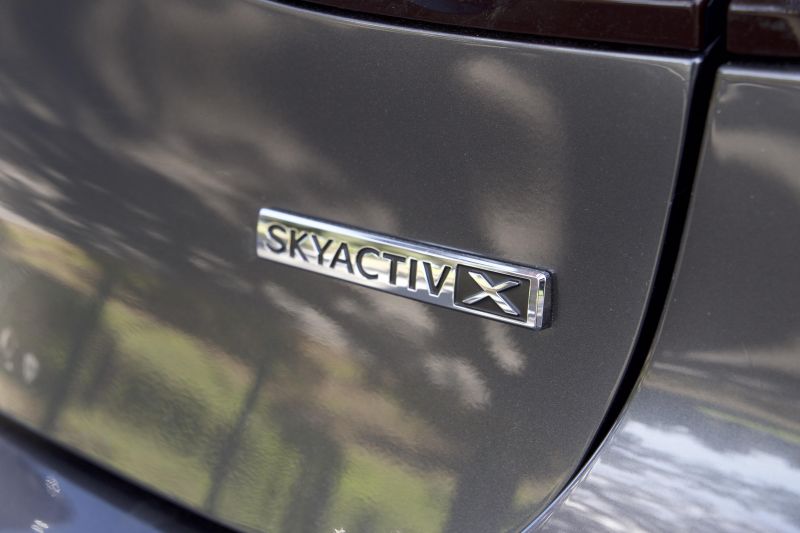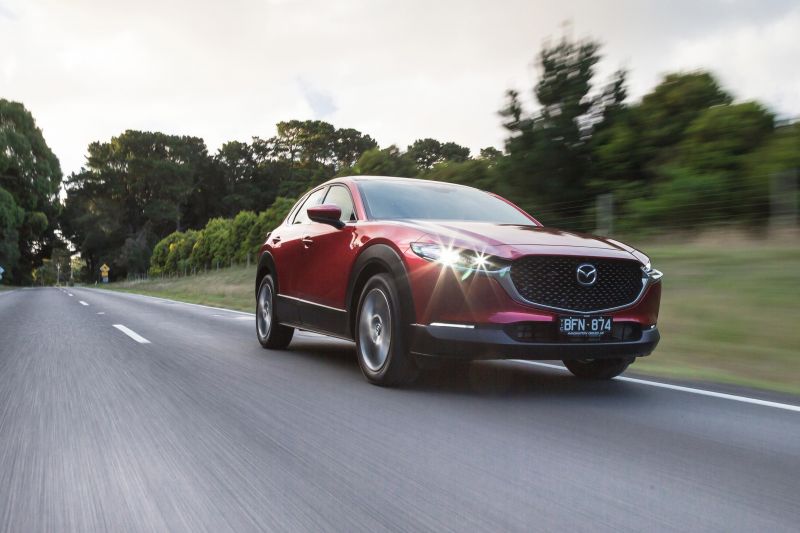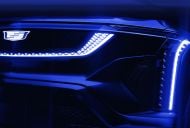Mazda Australia has indicated our market’s low-quality fuel by global standards is keeping it from introducing the updated version of its innovative Skyactiv X compression-ignition petrol engine.
While the company’s local arm has remained tight-lipped as to why, Mazda Australia’s marketing and product boss, Alastair Doak, recently told CarExpert it’s more or less down to our region’s fuel.
“I think ultimately it boils down to fuel standards and quality – that’s the difference,” Mr Doak said.
That makes Mazda one of numerous manufacturers – namely the likes of the Volkswagen Group – who have been unable to bring the latest, most efficient engine technologies to Australia as a result of low-quality fuel and/or lack of emissions targets.
Currently offered in ‘X20’ versions of the Mazda 3 small car and related CX-30 crossover, the 2.0-litre e-Skyactiv X M Hybrid (24V) powertrain still runs the original 132kW (6000rpm) and 224Nm (3000rpm) tune in Australian models.
That’s in contrast with markets like Europe, the UK and Japan, where a boosted 137kW and 240Nm version is now sold.
The EU/UK update brought a mild efficiency boost as well as performance improvements, with the top-spec UK-market CX-30 e-Skyactiv X AWD automatic quoting a 2.4mpg (0.4L) improvement to WLTP-certified economy, as well as a reduction in emissions by 11g/km.
In Australia, the Skyactiv X motor is an anomaly in the Mazda line-up in that it’s the only petrol-fired engine that requires 95 RON premium unleaded as a minimum – if you discount the performance-focused MX-5 sports car.
Premium unleaded in Australia allows for a maximum 50 ppm (parts per million) of sulphur, while 91 RON regular unleaded can have up to 150 ppm. By comparison, Europe, China, India, Canada and the US all regulate 10 ppm, as does New Zealand which is home to a single oil refinery.
Mazda Australia’s managing director, Vinesh Bhindi, said aligning Australian fuel standards with Europe’s current set (currently scheduled for around 2024 according to the Morrison Government’s fuel package) will offer opportunities for Mazda and other manufacturers to bring the cleanest and most efficient engines Down Under.
“Fuel quality [in Australia] has to be improved,” said Mr Bhindi.
“I think it will open up many opportunities, not just for us but for other brands, to get newer, better technologies.”
Let us know your thoughts in the comments below!
MORE: Australia’s dirty fuel – when will it get cleaner?
MORE: Everything Mazda 3
MORE: Everything Mazda CX-30









